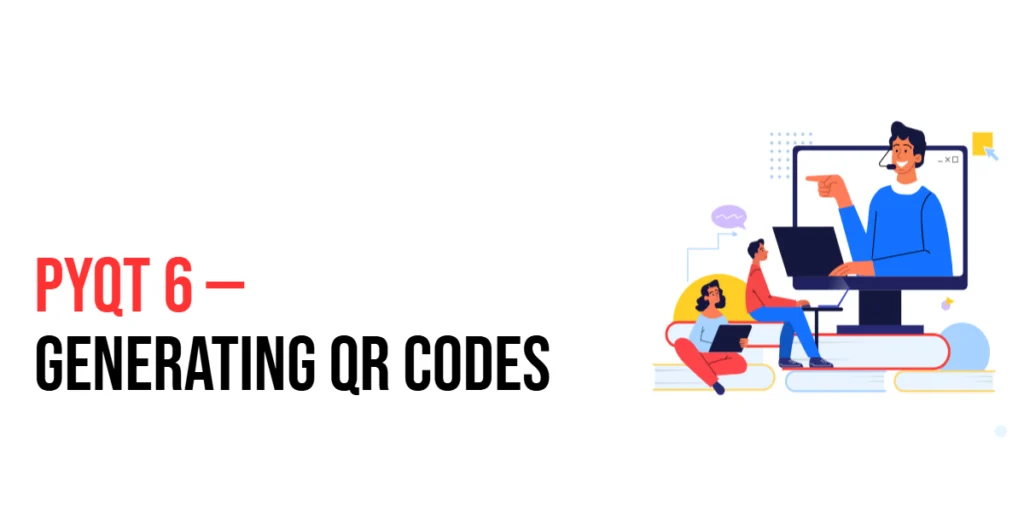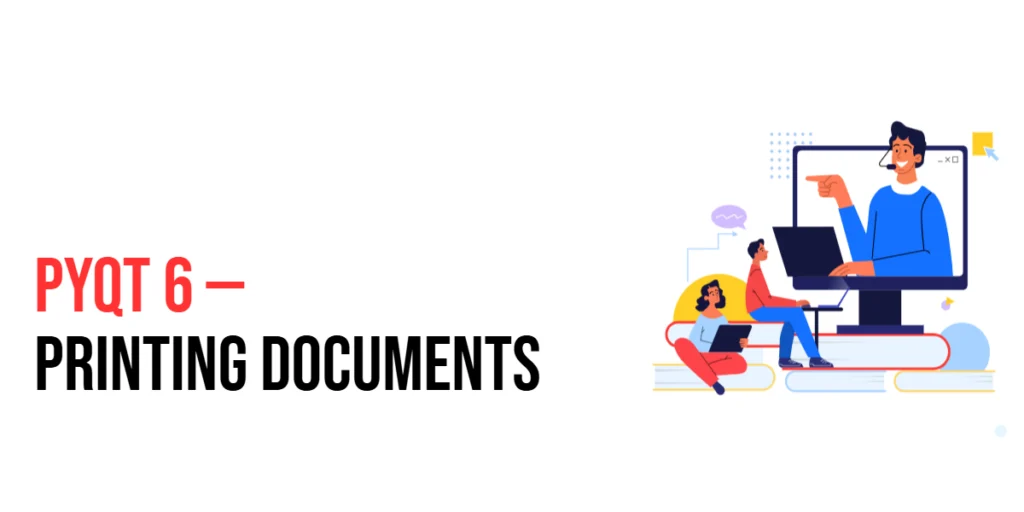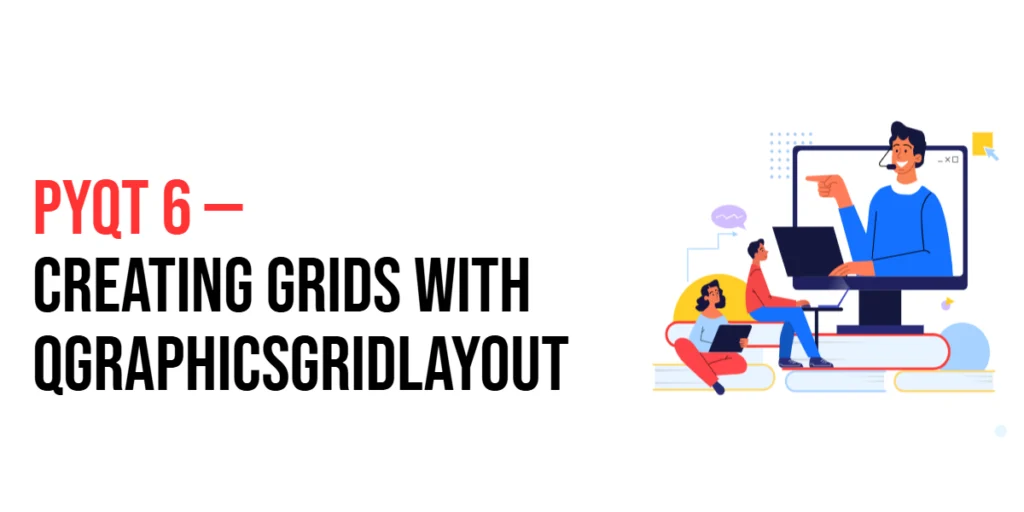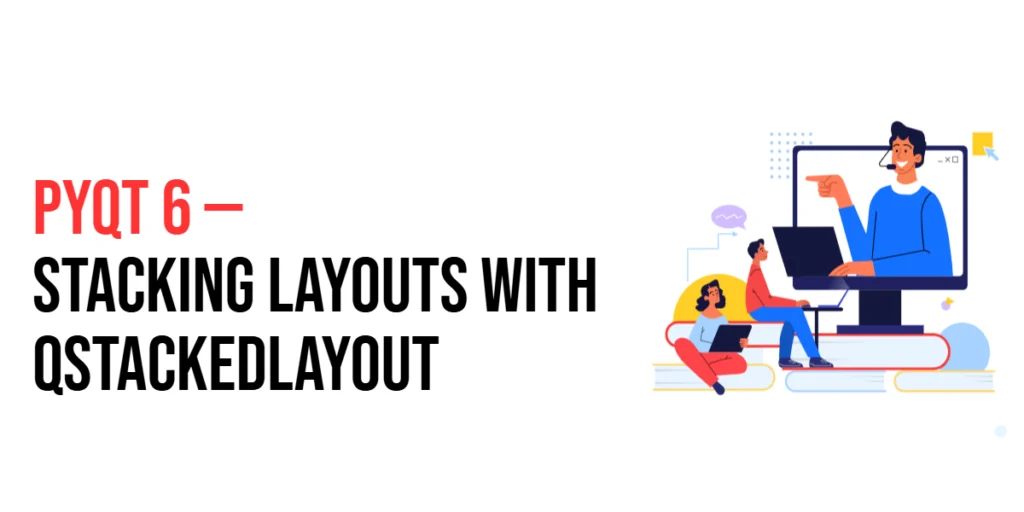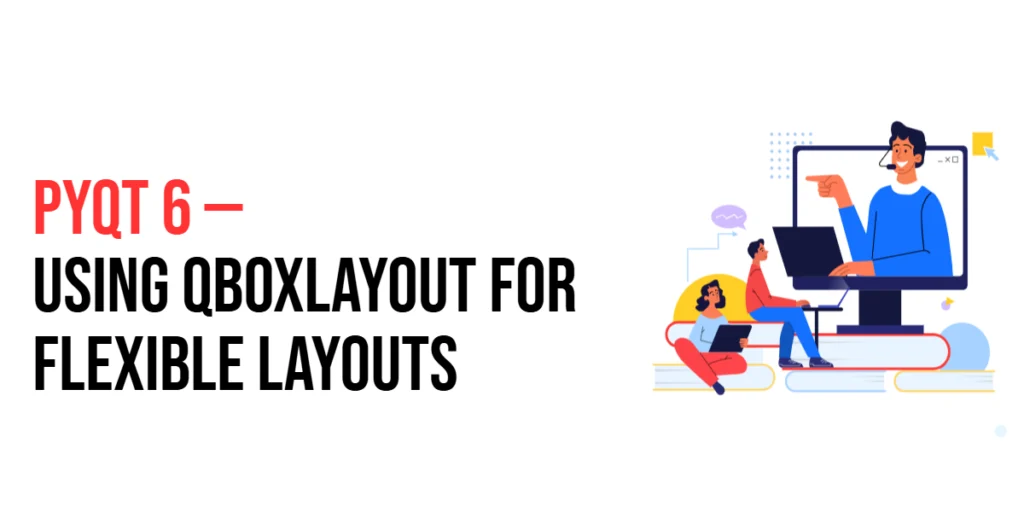PyQt: Generating QR Codes
QR codes are a popular way to encode information that can be easily scanned by smartphones and other devices. They are used in a variety of applications, from marketing and advertising to event ticketing and product packaging. PyQt, combined with the qrcode library, provides a powerful toolset for generating and displaying QR codes in desktop […]
PyQt: Generating QR Codes Read More »
